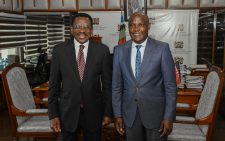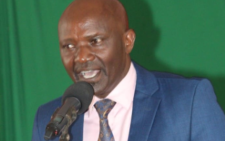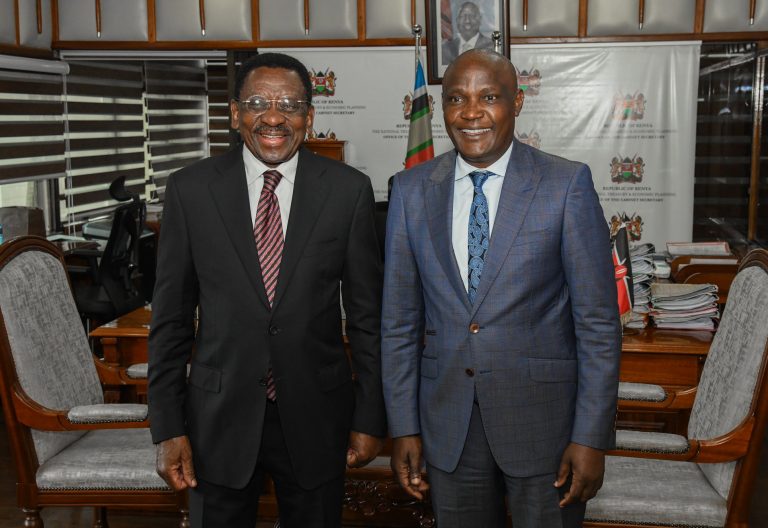New species discovered in the ‘Lungs of Africa’

Several hundreds of new species of wildlife and plants have been discovered in the Congo Basin in the last ten years, according to a report by the World Wide Fund for Nature (WWF).
The report, ‘New Life in the Congo Basin: A Decade of Species Discoveries (2013 – 2023)’ reveals that although some of the new finds may have been known to locals, possibly for centuries, they are new to science.
“Among these discoveries are unique orchids, new species of coffee, clawed frog, crocodile, electric fish, owl, spiders, turtles and even a monkey species known locally as the ‘lesula’,” said Dr Martin Kabaluapa, WWF Regional Director for the Congo Basin, of the 742 new finds..
According to Kabaluapa, the findings illustrate not only the richness of the Congo Basin but also the pressing need for conservation efforts to protect its fragile ecosystems. Known as the “Lungs of Africa”, the Congo Basin is the largest carbon sink in the world.
Spanning across six countries covering an impressive 200 million hectares, its rainforest provides food security and an essential lifeline for indigenous and local populations, and serves as a critical habitat for endangered species. It is also the largest tropical peatland in the world.
Over 400 other species of mammals, 1,000 bird species and 700 fish species can be found in the Congo Basin.
The basin is home to 15,387 vascular plant species, including 3,013 trees, representing five to seven per cent of the estimated world’s tropical tree flora.
These forests have the highest endemism rate across Africa, with approximately 30 per cent of species being endemic. The lush forests are home to endangered wildlife, such as forest elephants, chimpanzees, bonobos, lowland and mountain gorillas.
This latest report follows the WWF’s Living Planet Report 2024, which revealed an alarming decline in global wildlife populations, particularly in tropical regions.
As the Amazon faces increasing threats including dangerous tipping points, the Congo Basin’s significance has never been greater.
“The Congo Basin is not just a biodiversity haven; it is essential for the well-being of over 75 million people who depend on its resources for food, shelter and cultural identity,” said Dr Kabaluapa
Government commitment
According to Jaap van der Waarde, Head of Conservation for the Congo Basin at WWF International, they are working alongside governments, partner organisations, local communities and indigenous groups to protect these ecosystems.
According to him, to safeguard the unique and endangered biodiversity of the Congo Basin the governments in the region have committed to bringing 30 per cent of their land under some form of protection by 2030. However, the existing protected areas urgently require improved management to address ongoing challenges.
The report also celebrates the role of indigenous knowledge in conservation. Indigenous communities, who have coexisted with these forests for generations, are key to preserving and understanding this biodiversity.
“Recognising their knowledge is integral to conservation success. It is crucial that their voices and rights are respected as stewards of this land,” Moise Kono, Indigenous Peoples Coordinator for WWF Cameroon added.








